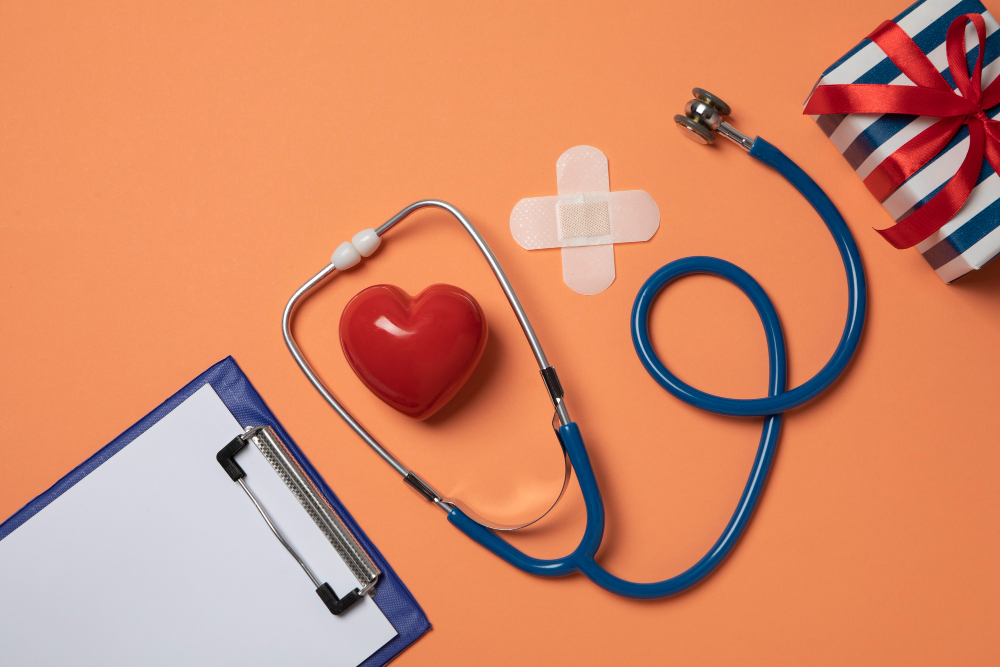Every heartbeat counts, and in moments of cardiac distress, quality CPR (Cardiopulmonary Resuscitation) can mean the difference between life and death. CPR is a vital emergency procedure performed on individuals experiencing cardiac arrest, aiming to maintain blood circulation and oxygenation to vital organs until further medical intervention can be administered. The effectiveness of CPR hinges on several key components, each playing a crucial role in maximizing the chances of survival. Let’s delve into the anatomy of quality CPR and uncover the elements that make it a life-saving art.
Prompt Recognition and Activation
The first step in delivering quality CPR is prompt recognition and activation of emergency response systems. Time is of the essence in cardiac emergencies, and every second lost decreases the likelihood of a positive outcome. Recognizing the signs of cardiac arrest, such as unresponsiveness and abnormal breathing, and swiftly activating emergency medical services (EMS) is paramount. Immediate action sets the stage for a coordinated response and enhances the efficiency of subsequent interventions.
Adequate Compression Depth and Rate
Central to effective CPR is the delivery of adequate chest compressions. The American Heart Association recommends a compression depth of at least 2 inches (5 centimeters) in adults and a rate of 100 to 120 compressions per minute. Maintaining proper depth and rate ensures sufficient blood flow to vital organs, such as the brain and heart, optimizing the chances of successful resuscitation. Rescuers should strive for consistent, uninterrupted compressions to sustain circulation and minimize ischemic injury.
Proper Hand Placement
Hand placement is a critical aspect of CPR technique, directly influencing the effectiveness of compressions. Rescuers should position their hands correctly on the lower half of the victim’s sternum, ensuring alignment with the nipple line. This positioning allows for optimal transfer of force to the heart, maximizing compression effectiveness. Precise hand placement helps minimize the risk of rib fractures while ensuring adequate pressure is applied to generate blood flow.
Full Chest Recoil
Achieving full chest recoil between compressions is essential for maintaining cardiac output during CPR. After each compression, rescuers must allow the chest to fully expand to its natural position before initiating the next compression. Failure to achieve adequate recoil can impede venous return to the heart, compromising cardiac output and perfusion. Proper recoil ensures optimal filling of the heart chambers, enhancing the efficacy of subsequent compressions.
Effective Ventilation
While chest compressions are the cornerstone of CPR, effective ventilation complements circulation by supplying oxygen to the lungs. Rescue breaths should be delivered promptly following each set of compressions, with a focus on achieving visible chest rise. Proper sealing of the victim’s airway and delivering breaths over one second help optimize oxygenation and ventilation. Balancing chest compressions with ventilation maintains the physiological integrity necessary for successful resuscitation.
Team Coordination and Communication
In settings where multiple rescuers are present, effective team coordination and communication are vital for delivering quality CPR. Clear roles and responsibilities should be established, ensuring seamless execution of compressions, ventilation, and other interventions. Effective communication facilitates rhythm checks, prompts rotation of compressors to prevent fatigue, and enhances overall teamwork dynamics. A well-coordinated team maximizes the efficiency of CPR delivery, improving patient outcomes.
Continuous Monitoring and Feedback
Quality CPR is a dynamic process that requires continuous monitoring and feedback to optimize performance. Utilizing feedback devices, such as CPR feedback monitors, provides real-time assessment of compression depth, rate, and recoil quality. These tools offer immediate guidance to rescuers, enabling adjustments to technique and ensuring adherence to guidelines. Continuous monitoring enhances the quality of CPR delivery and fosters a culture of accountability and improvement.
Mastering the Art for Saving Lives
In the realm of emergency medicine, CPR stands as a beacon of hope amidst crisis, offering a lifeline to those in dire need. The components of quality CPR form the bedrock of this life-saving intervention, encompassing prompt recognition, precise technique, effective teamwork, and continuous refinement. By mastering these components, healthcare providers and lay rescuers alike can unlock the potential to save lives and make a lasting impact on the communities they serve. In the symphony of cardiac resuscitation, each component plays a vital role, harmonizing to orchestrate the ultimate crescendo of survival. So, let us heed the call to action, embrace the art of CPR, and become champions of life in the face of adversity.
